Guide: Det skal du vide, når du vælger ski goggles

Planlægger du en tur i de snedækkede bjerge, kan det være lidt af en jungle at vælge et par gode goggles. Vi har samlet nogle af de vigtigste features, som du skal kende for at være klar til pisten.
Har du en skiferie i vente, kræver det, at udstyret er i orden, hvor et par goggles er essentielt for at kunne nyde dine oplevelser i sneen fuldt ud. Vi guider dig i alt hvad du skal vide om skibriller.
Framet på dine skibriller
Goggles eller skibriller, som de ofte kaldes blandt danskerne, skal sidde rigtig godt gennem en hel dag, hvor materialerne på og omkring skibrillen er vigtige for din komfort og brillens fit.
Materiale
For ikke at dine skibriller skal ødelægges, hver gang dine tricks kikser og for din egens sikkerheds skyld, er en ramme i polycarbonat et godt materiale, hvis du leder efter slidstærke goggles.
Skigoggles i plastik vil ofte knække og splintre, hvilket kan være mindre hensigtsmæssigt i et styrt. Polycarbonat derimod er mere stødresistent, og er derfor mere fleksibelt, holdbart og behagelig at have på.
Hos MessyWeekend producerer vi kun vores skigoggles i første klasses polycarbonat, hvor slutresultatet er super holdbare goggles, som ikke begrænser dig fra at afprøve dine crazy tricks på pisten.
Skum-teknologi (foam-technology)
Din skibrille skal være komfortabel at have på en hel dag. Her er det oplagt at være opmærksom på det lag skum, som er brugt på indersiden af rammen. Dette er med til at give dig komfort, og påvirker også hvor tæt skibrillerne sidder til ansigtet, således luft og kulde ikke trænger ind i dine øjne og på din hud.
Skum-teknologien blandt skibriller varierer mellem ét og tre lag skum. Jo flere lag, desto bedre er luftcirkulationen i dine goggles, hvilket forebygger dug og sved at trænge ind.
Både vores The FLOAT og The INUIT goggles har tre lag blødt skum, for at give dig den bedste komfort, fit og lufttæthed.
Linsen
I snedækkede landskaber kan der dage være mere lys, overskyet himmel, snestorm og mange andre skiftende vejrforhold. Derfor er linsen det super vigtigt, at linsen giver optimalt udsyn og beskytter dine øjne, for også at sikre din sikkerhed på pisten.
Fotokromisk all-around linse
En fotokromisk linse tilpasser sig automatisk vejrforholdene, da de fotokromiske molekyler konstant re-kalibrerer i takt med at lyset ændrer sig. Linsen ændrer derfor farve alt efter lysforholdene. En fotokromisk linse vil eksempelvis blive mørkere, når skarpt lys rammer linsen og blive lysere, hvis der pludselig skulle blive overskyet.
Goggles med fotokromisk linse er en gode at have, når du befinder dig i de omskifteligt vejrsituationer, som en skitur i bjergene ofte er forudsat af. Den fotokromiske linse er til dig, som aldrig har en undskyldning for IKKE at tage afsted på pisten uanset vejr, hvor du med en god fotokromisk linse ikke behøver at skifte linse eller goggles i løbet af dagen.
Den fotokromisker teknologi er ny og derfor sjældent set blandt skigoggles, men de er den perfekte all-around linse.
Hos MessyWeekend anbefaler vi vores INUIT ski goggle med fotokromisk XEp-linse, som ændrer farve efter vejrforholdene på kun 25 sekunder.
Læs Riders test at vores nye Inuit ski goggles her. 
Høj-kontrast (kontrast forbedrende linser)
Med en høj-konstrast linse opnår du et skarpere udsyn, når du ser igennem linsen. Høj-kontrast teknologien frasorterer hvidt og blåt lys, som gør, at kontraster og konjunkturer fremstår klarere. Dette er en fordel, når du skal danne dig et overblik over skibakkens form og sneens konjunkturer. Høj-konstrastlinsen hjælper dig med at se mere tydeligt i uklare og tågede forhold, hvilket mindsker belastning af øjnene og øger komforten i ellers uklare forhold.
Når du suser ned af pisten med høj fart, vil du med høj-konstrast linser letterer kunne manøvrerer gennem, udenom og over pump hop på vejen, som det blotte øje normalt ville overse.
Både vores ski goggles FLOAT og INUIT XEp har høj kontrast linser med en violet base, som sikrer øget farvegenkendelse og falke-syn på bjerget.
Anti-fog
Anti-fog er uundværligt, når du står på ski, med mindre du ikke har noget imod at din linse dugger, og dermed forringer din synsevne på vej ned af skibakken?
Uden anti-fog system eller dobbelte linser, vil dine goggles dugge på grund af temperaturforskellen mellem den kolde luft og dit ansigt. Et anti-fog (anti-dug) system indebærer to linser, med et luftlag imellem, der fungerer ligesom en termorude, således varmen fra din hud, ikke kondenserer på indersiden af dine goggles.
Hos MessyWeekend har vi selvfølgelig udstyret både vores FLOAT og INUIT goggles med anti-fog og ventilationssystem for optimal forebyggelse mod dug.
Revo-mirror-coating
Revo-coating er en belægning udviklet NASA, og blev i første omgang brugt til astronauternes solar beskyttelse. En revo-linse monitorerer det lys, som rammer linsen, ved at filtrerer skadeligt UV-lys og tillader derved kun det lys, som er nyttigt for dit syn. Revo-coating er en polariserings-teknologi, som beskytter dig 100% mod blændinger fra direkte lys og genspejlinger fra eksempelvis vand, sne og luftspejlinger på vejene. Revo-coatingens farvesortering er også konstrastforbedrende for øjet der ser, når den eliminerer blænding og skarpe refleksioner.
UV-beskyttelse
Det lyder måske kedeligt, men ikke desto mindre er det yderst vigtigt, at du vælger goggles med UV-beskyttelse. Faktisk er det en feature, du ikke skal være foruden. Dette skyldes, at du altid er udsat for UV-stråler, og i højere højder er solens stråler særligt skarpe for dine øjne.
Det snedækkede landskab kan være smukt at se på, men de hvide bakker har desværre også en bagside, da du kan blive sneblind eller få såkaldte ‘svejsede øjne’. Dette opstår, når du i længere tid befinder dig i den klare sne uden UV-beskyttelse, da sneen reflekterer solens stråler, som derved kan give forbrændte nethinder.
The FLOAT og The INUIT har begge fuld UV 400 (UVA/UVB) beskyttelse, som er den maksimale solbeskyttelse, der udbydes på markedet, så du ikke skal bekymre dig om solens skadelige stråler.
Hvilken farve glas skal jeg vælge i en skibrille?
Farven på linsen har som ofte ikke den store funktion, og handler derfor i højere grad om din egen personlige præference.
Dog kan dine goggles eller skibriller have forskellige farvebelægninger, som har en funktion i forhold til dit udsyn på pisten.
Eksempelvis fås vores skibriller hos MessyWeekend både med gule, sølv, grønne og blå glas hvilket skyldes vores revo-mirror-coatings samt vores udskiftelige linser.
Vores FLOAT skibriller fås med enten grønne glas eller sølvfarvede glas, hvor vores INUIT skibriller fås med blå glas. Dette skyldes farven på den revo-mirror-coating vi har valgt til den enkelte model.
Læs mere om revo-mirror-coating længere oppe i dette indlæg.
Gule linser kan du bruge når der er overskyet vejr med fladt lys. Det vil sige dage, hvor himlen er dækket af skyer og den blå himmel ikke er at se. Lyset vil dermed være ‘fladt’, og hvor skygger ikke vil blive dannet. Det flade lys gør, at du ikke kan se bump og konturer i sneen. Her vil en gul linse så du opnår det optimale udsyn, hvor sneens konturer og skygger fremhæves.
Du kan tilkøbe en gul overcast linse til din FLOAT skibriller her.
Goggles og briller
Som brillebruger kan det være rart, at kunne beholde sine briller på, mens man står på ski. Her skal du lede efter goggles med indhak i siderne, da der her er lavet plads til briller under skibrillen. Denne type skibriller går også ofte under navnet ‘over the glasses’ goggles, og er ofte mærket med ‘OTG’.
Vil du gerne have skibriller med plads til briller, kan det også være en fordel at vælge goggles, som har flere lag skum på indersiden af framet, som former sig efter dit ansigt, og ikke trykker for meget på dine briller.
Du skal dog være opmærksom på, at det muligvis ikke er alle typer briller, du kan bære under ski goggles. Meget store briller eller briller med cat-eye-effekt, vil sandsynligvis være svære at presset under et par ski goggles.
Hos MessyWeekend er både vores alle vores ski goggles indrettet med indhak i siderne, for at gøre plads til eventuelle riller under skibrillerne.

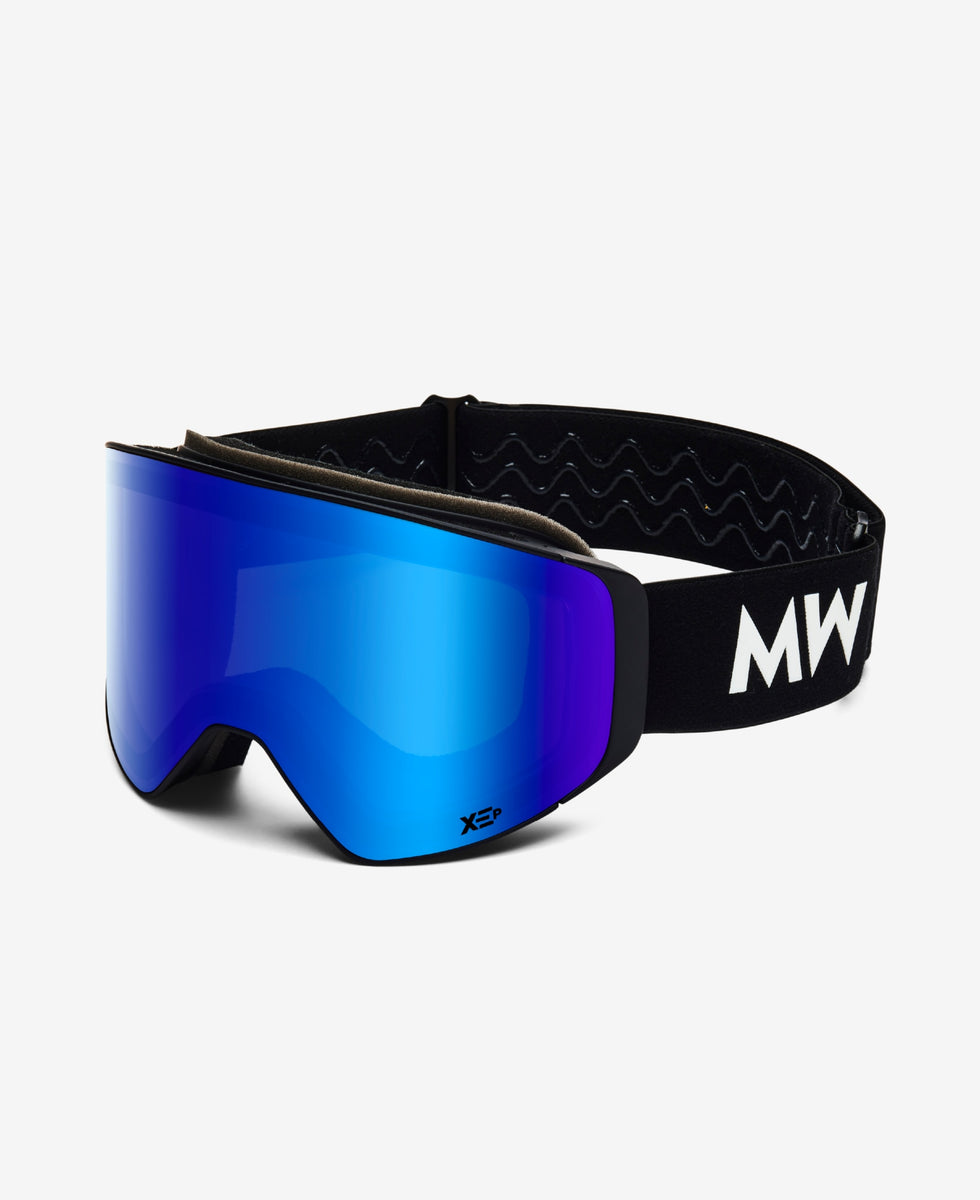
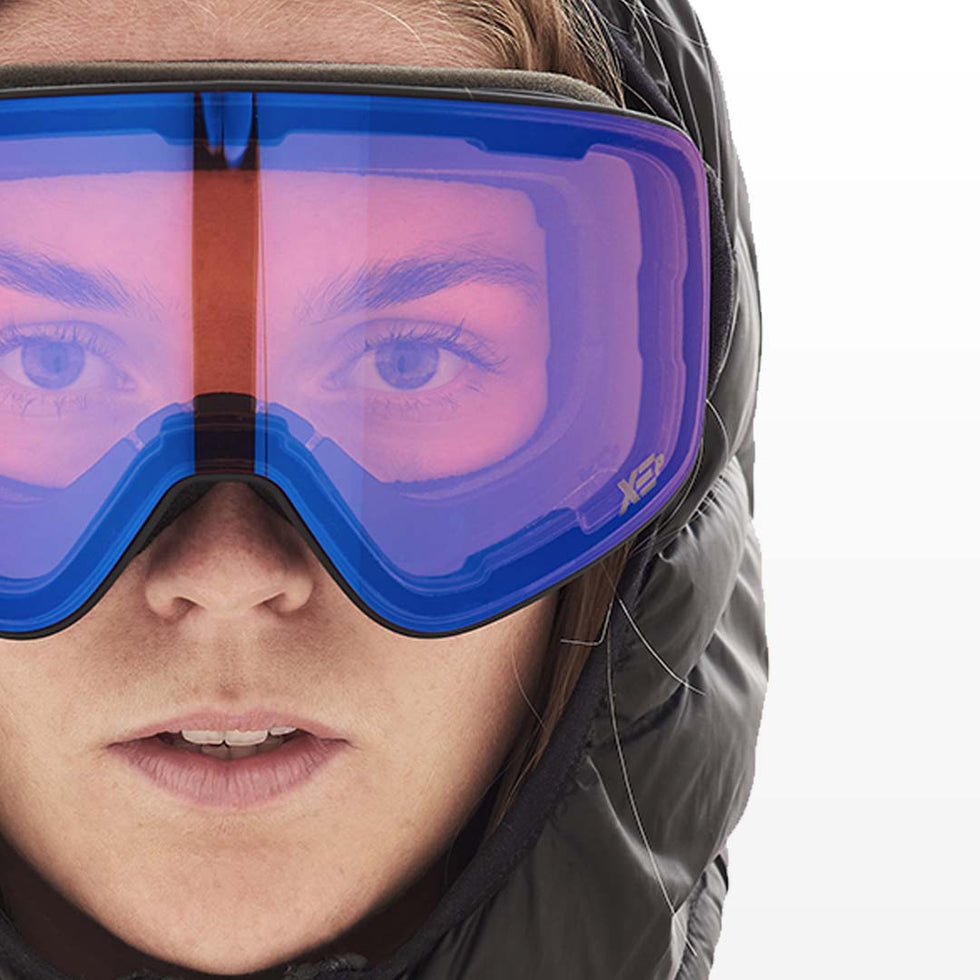
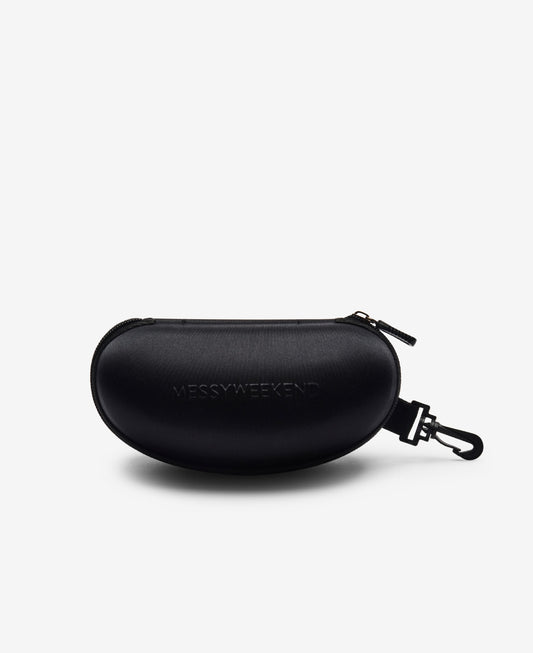
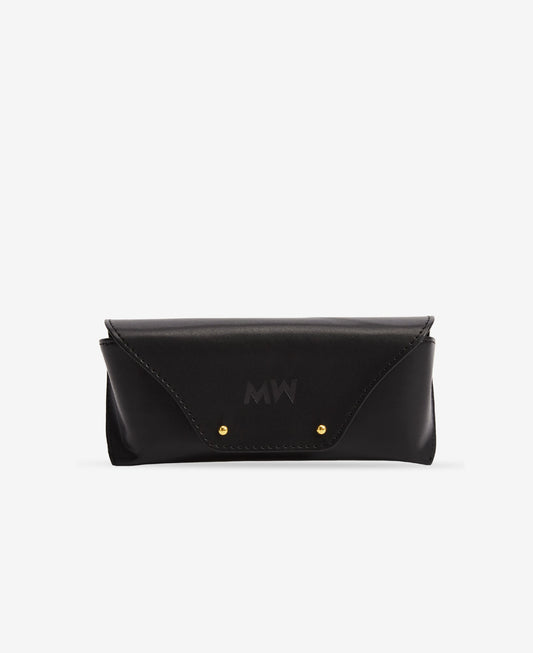
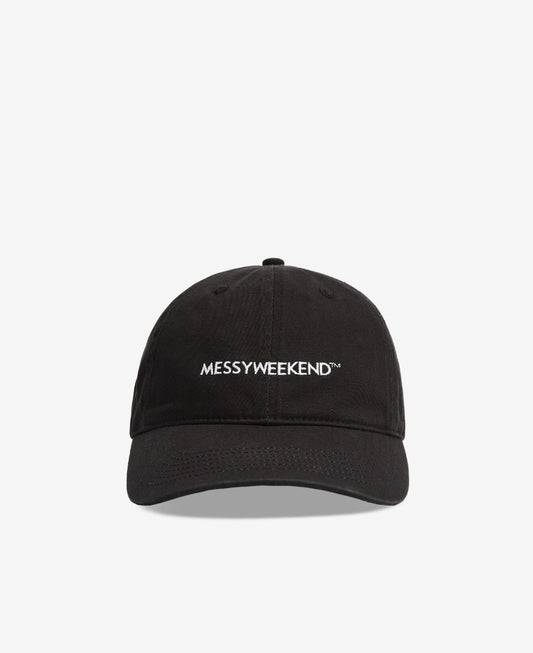
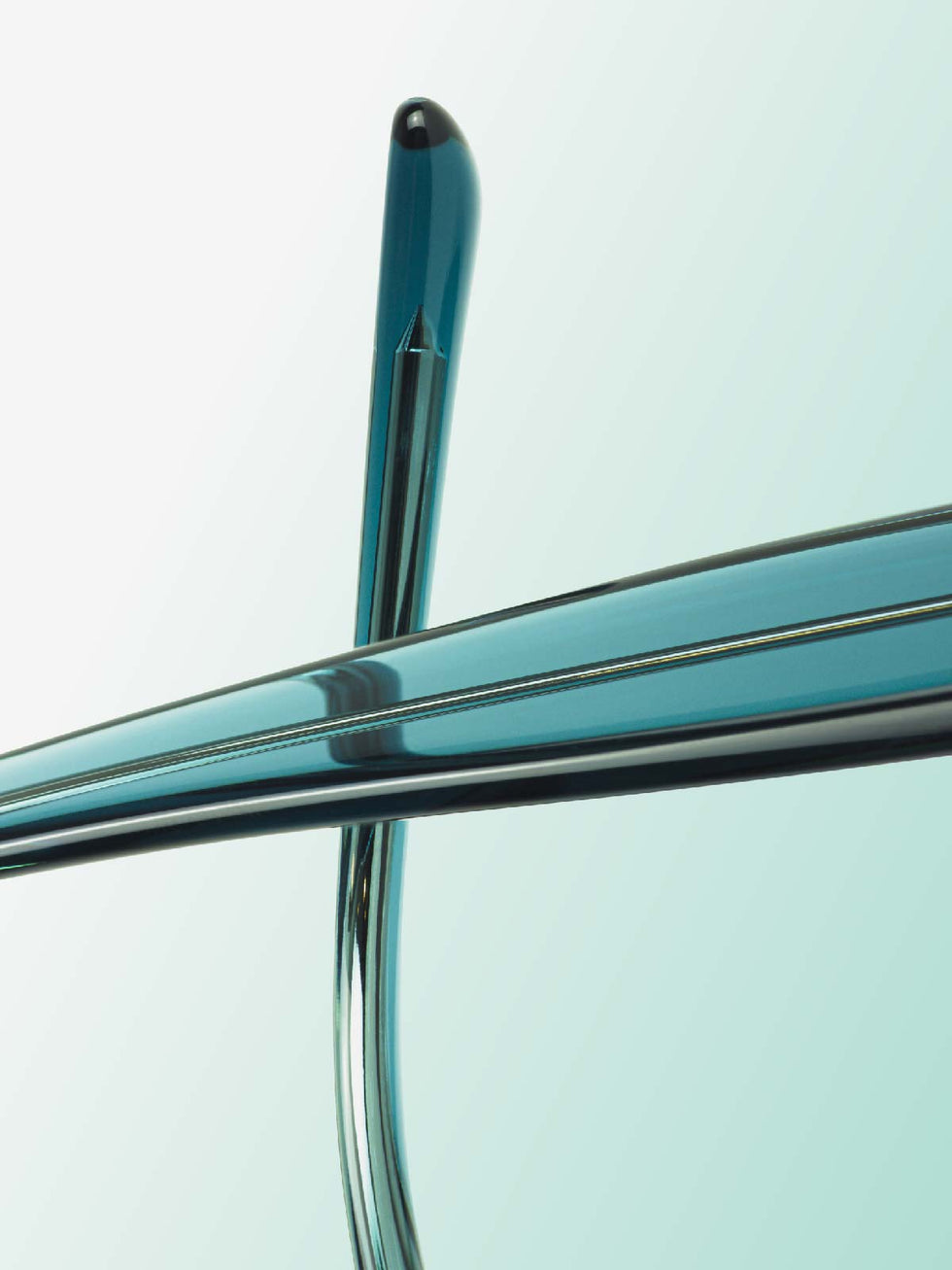
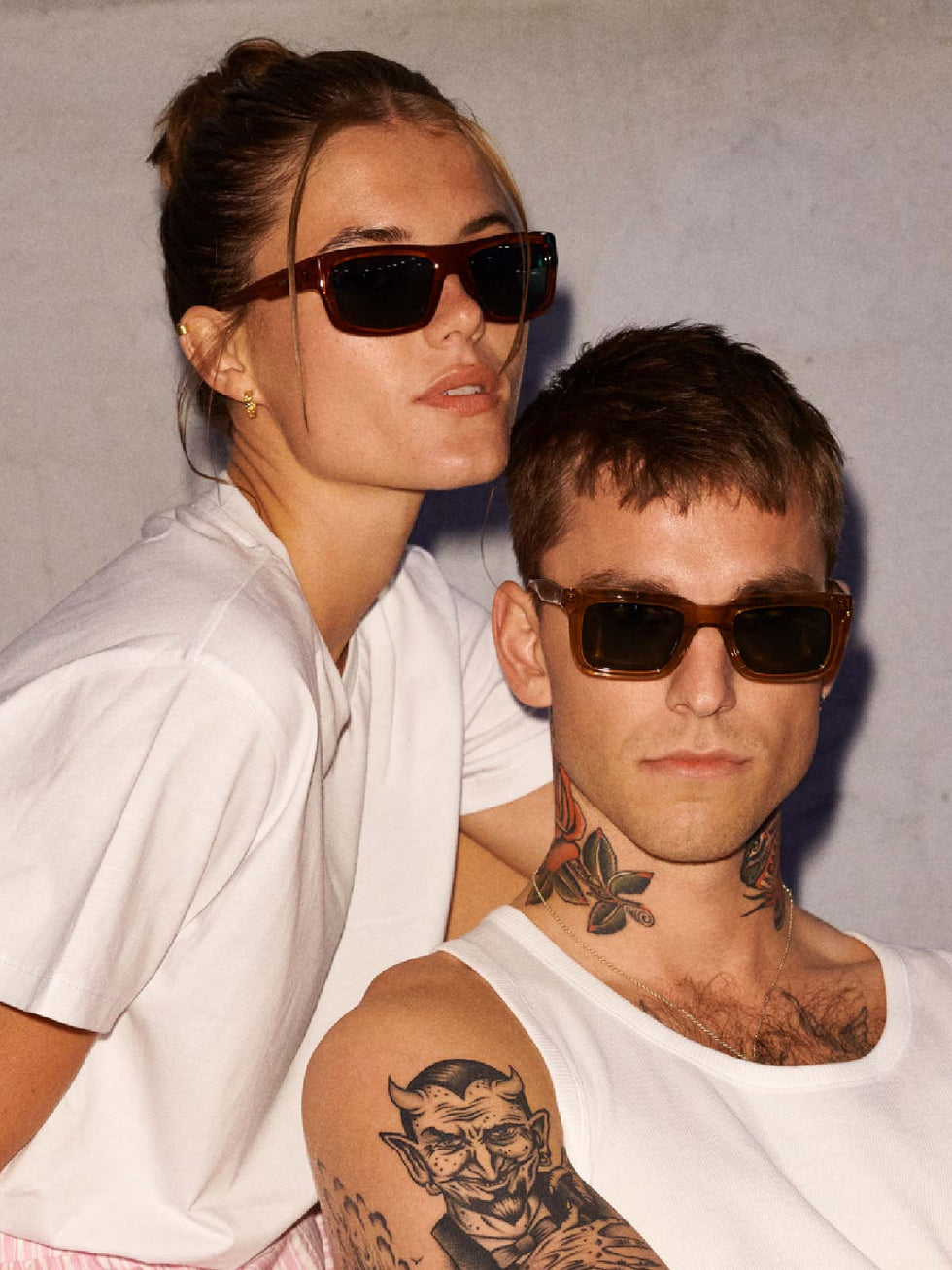

 Global
Global 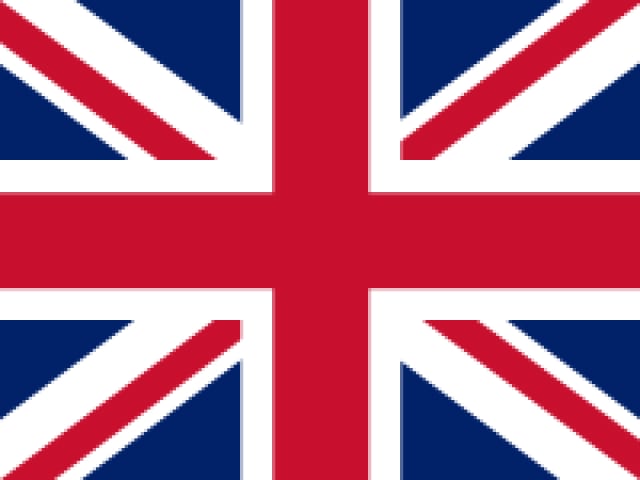 United Kingdom
United Kingdom  Australia
Australia 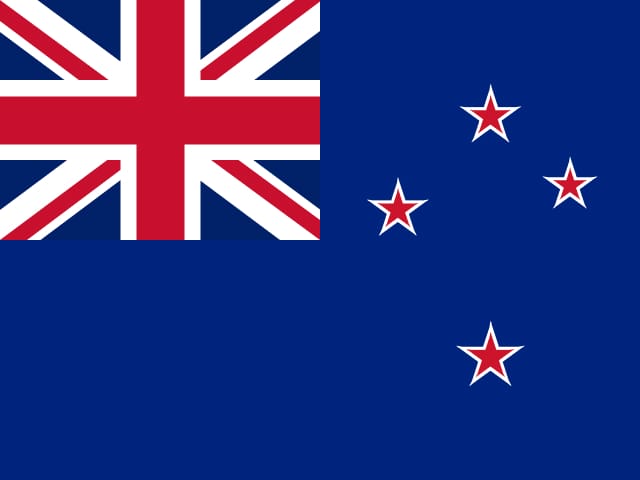 New Zealand
New Zealand 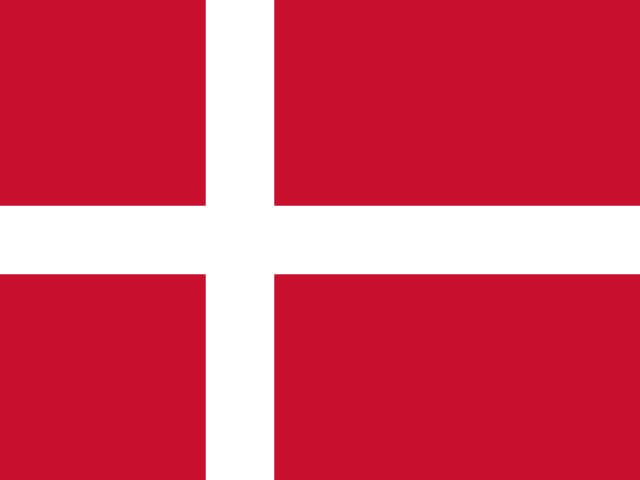 Denmark
Denmark  Germany
Germany 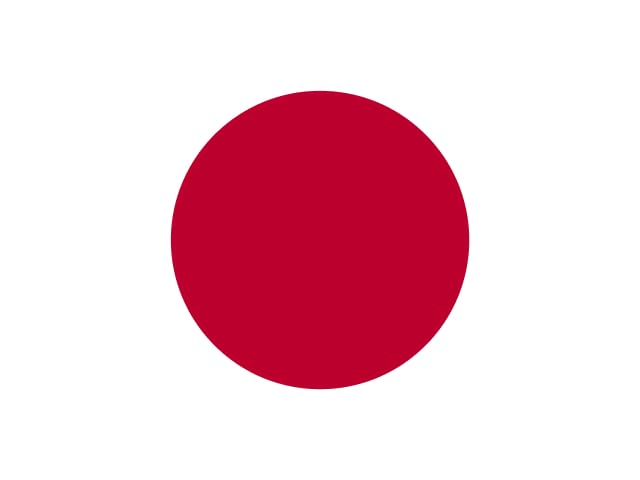 Japan
Japan